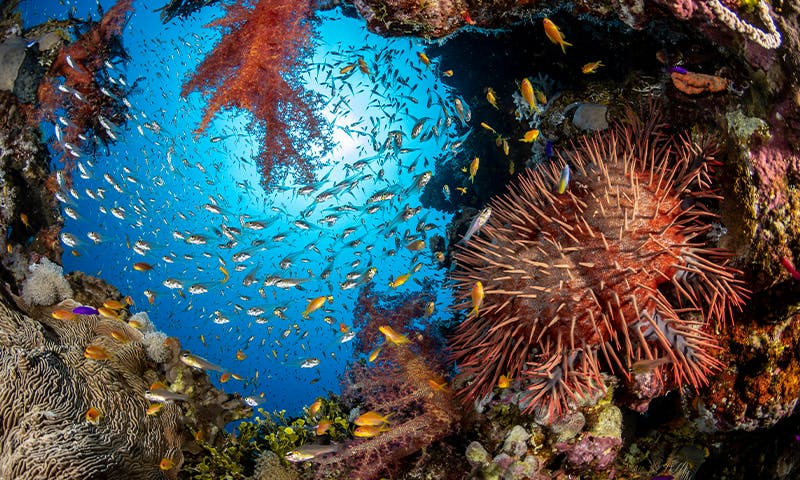Researchers at the University of Miami have found that tiger sharks are taking advantage of new opportunities presented to them by climate change.
As the seas and oceans warm, the sharks are finding it easier to expand their range around the world. This is typified on the northeast coast of the USA, which were historically too cold for tiger sharks but are now a far more suitable habitat.
While this may sound like good news if you’re a tiger shark, it’s not all plain sailing. The expansion exposes them to new risks. Since they are apex predators, they can also lead to ecological imbalances as they enter a new area and unbalance the food chain.
According to the Director of the University of Miami Shark Research and Conservation Program and study lead author Neil Hammerschlag:
“Tiger shark annual migrations have expanded poleward, paralleling rising water temperatures. These results have consequences for tiger shark conservation, since shifts in their movements outside of marine protected areas may leave them more vulnerable to com. Given their role as apex predators, these changes to tiger shark movements may alter predator-prey interactions, leading to ecological imbalances, and more frequent encounters with humans.”
Sam Helmyhttps://www.deeperblue.com
Sam Helmy is a TDI/SDI Instructor Trainer, and PADI Staff and Trimix Instructor. Diving for 28 years, a dive pro for 14, I have traveled extensively chasing my passion for diving. I am passionate about everything diving, with a keen interest in exploration, Sharks and big stuff, Photography and Decompression theory. Diving is definitely the one and only passion that has stayed with me my whole life!
Note: This article have been indexed to our site. We do not claim legitimacy, ownership or copyright of any of the content above. To see the article at original source Click Here













